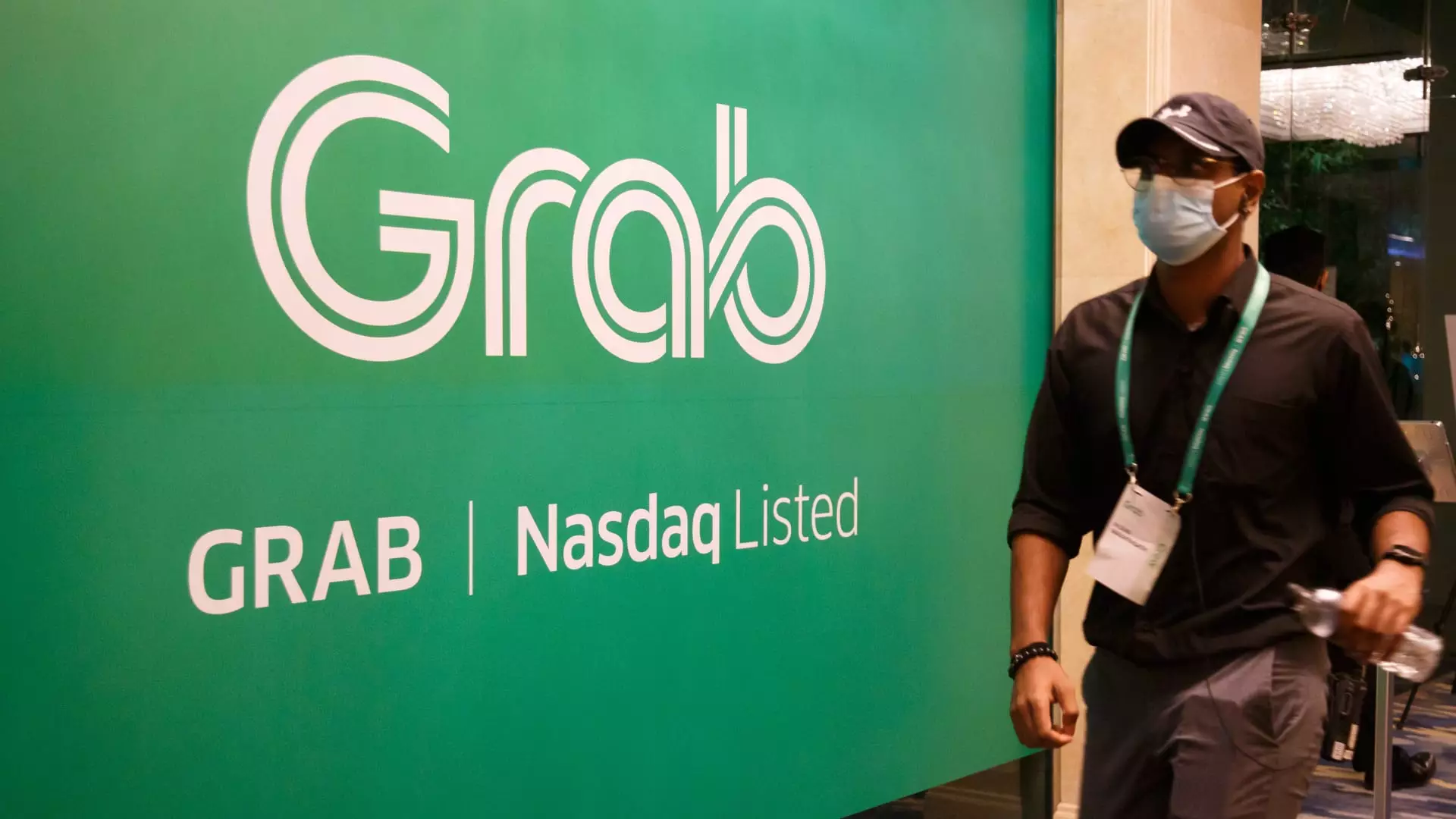In a remarkable turn of events, Grab, the Southeast Asian ride-hailing giant, announced its first-ever profitable quarter, reporting a profit of $11 million in its fourth-quarter earnings report. This impressive feat comes on the heels of a $391 million loss recorded during the same period a year ago. The company attributed this remarkable turnaround to various factors such as an improvement in Group adjusted EBITDA, fair value changes in investments, and lower share-based compensation expenses.
While Grab is primarily known for its ride-hailing services, the company has expanded its offerings to include financial services like payments and insurance, as well as deliveries for food, groceries, and packages. Despite the challenges brought about by the COVID-19 pandemic, Grab managed to surpass pre-pandemic mobility levels and experienced a significant uptick in demand across its various business segments. Financial services and deliveries saw a record year-over-year growth of 13%, underscoring Grab’s strong momentum in these areas.
Historically, Grab has struggled to turn a profit, accumulating billions of dollars in losses since its inception in 2012. However, the company’s recent focus on profitability marks a shift in strategy for tech startups that often prioritize growth over financial sustainability in their early years. With global uncertainties impacting growth trajectories, Grab has been compelled to reevaluate its approach and adopt a more prudent stance towards costs and profitability.
In a bid to attract more drivers and passengers to its platform, Grab has been offering incentives to incentivize participation. However, the company has begun to scale back on these incentives in a push towards profitability. Despite this shift, Grab’s CFO, Peter Oey, maintains that incentives will continue to play a crucial role in ensuring an adequate supply of drivers and appealing to price-sensitive customers. While the company aims to achieve profitability, it acknowledges the ongoing importance of incentives in driving user engagement and retention.
Looking ahead, Grab anticipates revenue between $2.70 billion and $2.75 billion for 2024, slightly below analysts’ projections. The company’s decision to repurchase up to $500 million worth of class A ordinary shares reflects its confidence in its future prospects. However, Grab’s shares closed 8.41% lower following the earnings announcement, and its share price has plummeted significantly since its Nasdaq listing. As Grab navigates the evolving landscape of the ride-hailing industry and strives for sustained profitability, it will face continued challenges in balancing growth objectives with financial sustainability.

Leave a Reply